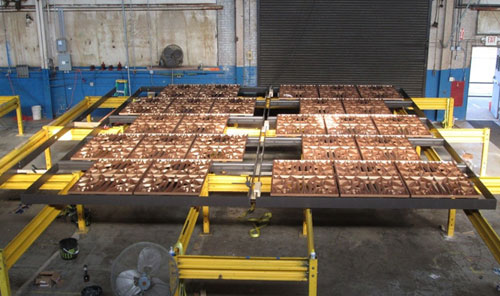DESIGN SERVICES – FOR THE DESIGN COMMUNITY
ELEMENT offers a complete range of concept and design development services including assistance with alternates and options, engineering design, materials, specifications and preliminary budgeting, all tailored to meet project requirements.
Summary
Smart, cost effective solutions coupled with innovative design and engineering are the foundation of successful cutting edge architecture.
With the continuing demand for superior performance at lower cost, designs have become increasingly complex, facilitated by the rapid advancement of modeling and visualization software. These advancements only heighten the need for early technical input during design development. ELEMENT keeps pace with progress in Building Information Modeling (BIM), rapid prototyping and the latest fabrication technologies. We incorporate these advancements into our service offerings and ensure these integrate into the teams’ project execution systems.
From concept development and the presentation of options to engineering design, samples, mockups, virtual construction and 3D modeling, the ELEMENT Design team has the experience and expertise to deliver comprehensive engineered solutions for the most challenging projects.
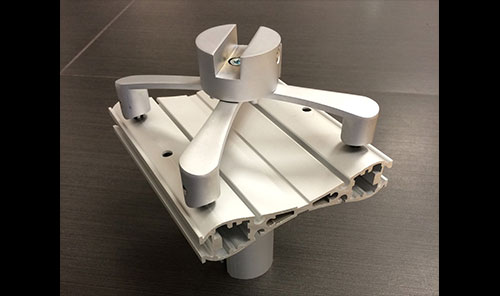
Design and Engineering Capabilities
ELEMENT has extensive experience designing and engineering custom architectural metalwork for interior and exterior projects with a wide variety of materials in many demanding applications. We offer full engineering design, calculations, analysis and submittals, performed by licensed professionals, for every state in the U.S.
Our engineering services cover the complete range of requirements for interior and exterior custom architectural metalwork including:
- Hurricane and high wind loads
- Seismic design
- Blast requirements
- Dynamic and static load conditions
- Thermal performance
- Acoustic and insulation criteria
- Location specific regulatory requirements
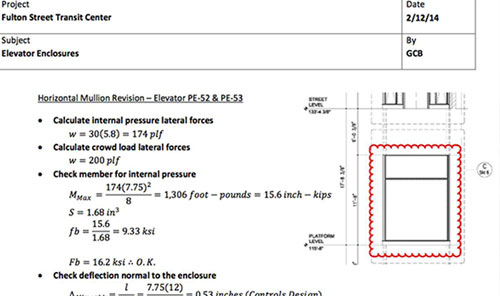
Concept Development
Actions and decisions made during conceptual design will often determine the final success of a project. The decisions made, or not made, during design development can have an enormous impact on costs, schedule and execution. Often, little or no knowledge exists regarding the best means and methods to be employed for maximum efficiency and lowest cost. Here, ELEMENT’s extensive knowledge of all downstream activities provides constructive and valuable support, moving the process forward on the right path.
This knowledge base is often called upon to assist with:
- Design development
- Presentation of options
- Engineering development
- Constructibility assessment
- Fabrication options and feasibility studies
- Cost analysis and value engineering
- Schedule estimation and optimization
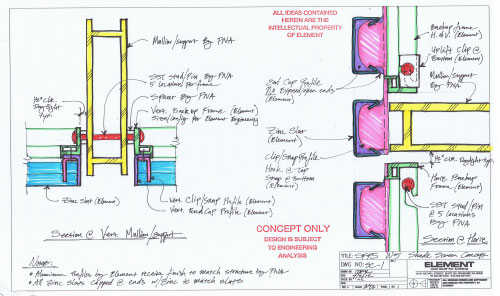
Concept Analysis
A critical part of the design development process is the assessment of the positive and negative aspects of a feature or group of features in a design. Our extensive experience in reviewing concepts for feasibility has resulted in a proprietary process for the analysis and categorization of the challenges presented. Through a unique methodology, we dissect a concept into Design, Materials, Fabrication and Installation sub categories and allocate degrees of difficulty to each, in order to arrive at an unbiased and accurate numerical predictor of the cost and time required for each option. This and other tools developed over decades of problem solving, expedite the decision making process.
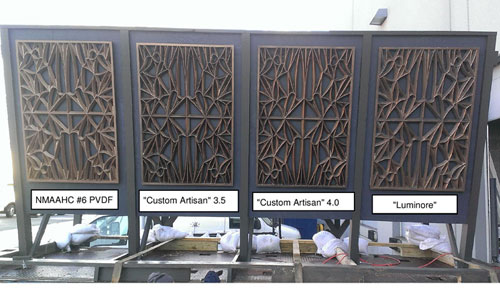
Models and Samples
Modeling forms a critical first step in concept development and our in-house modeling capabilities mesh with and support the Design team. ELEMENT will import a model, modify it to illustrate cost, fabrication or design changes and export it to the team for immediate feedback. In this way, options and variations to the concept can be explored quickly and cost effectively.
Of course, modeling also offers sophisticated rendering and visualization features, however, ultimately, materials, colors, textures and details are best viewed with physical samples. Here, ELEMENT supports the team with materials and samples illustrating various options. We often provide proof of concept scale samples of parts or assemblies for use in the decision making process.
The ELEMENT Design team is frequently challenged with complex surface geometry and our capabilities in modeling support detailed model evaluation, analysis and development.
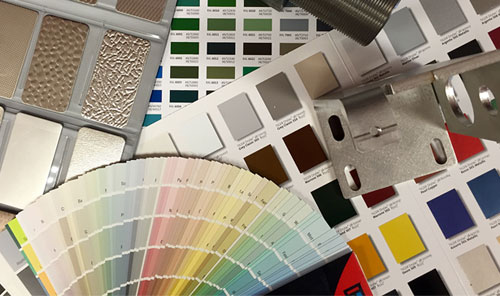
Structural Engineering
Rigorous and detailed structural design is an essential component of concept development. All aspects of a projects’ performance requirements must be capably dealt with: wind loads, seismic loads, thermal expansion and contraction, snow loads and all applicable local and national building codes must be incorporated into the design. Liaising with the project’s structural engineer and other consultants is a common project requirement.
With project experience across the U.S., ELEMENT is well versed in dealing with the many location specific needs of a project. Sensitive Federal Government projects and other high profile, public works require compliance with strict security constraints. ELEMENT work history includes clearance by the Federal Bureau of Investigation and the Department of Homeland Security amongst others.
Our engineering services extend to the field as well; Accommodation of site conditions and their impact on materials supplied to the job site is a condition that may need prompt and decisive action. Our capabilities support and facilitate effective resolution of unforeseen site conditions.
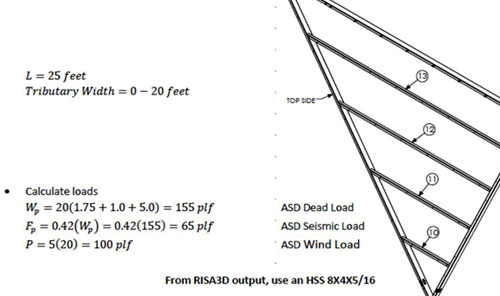
Rendering and Visualization
ELEMENT employs a variety of analytical and visualization tools to illustrate concepts and details well in advance of prototyping and fabrication. By incorporating our broad experience with materials and fabrication technologies we ensure concepts develop along practical and achievable pathways. This process forms a critical part of our dialog with designers.
We use many software tools to facilitate the visualization process. 3D renderings are turned into models via rapid prototyping and we produce mockups based on the results of these renderings and feedback from our clients.
The simulation of loads and stresses during the modeling process simplifies the understanding of stress distribution at critical connection points and contributes to design validation.
Renderings also serve to illustrate concepts to non-technical members of the team such as Owners or others involved in the approval process. In addition, further development of installation methodologies can be undertaken by the Contractor and their team, on site or via web conference.
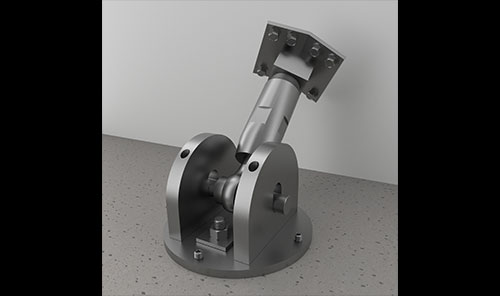
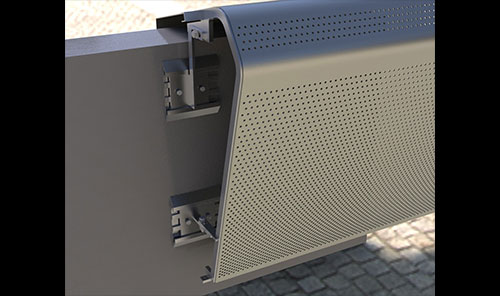
Project Interface and Scheduling
Sharing software platforms and development models is critical. During design development, the ELEMENT team monitors the BIM model for impacts to the work and provides regular feedback on integration issues such as clash detection and access. Our Design-Assist process integrates with the teams software and project management systems, dramatically reducing the coordination required.
Scheduling software used by ELEMENT allows ready access via the web to current and updated schedules. Web based Gant charts allow constant access regardless of a team members physical location. The easy access afforded therein facilitates quick decision making ensuring the project continues to move forward.
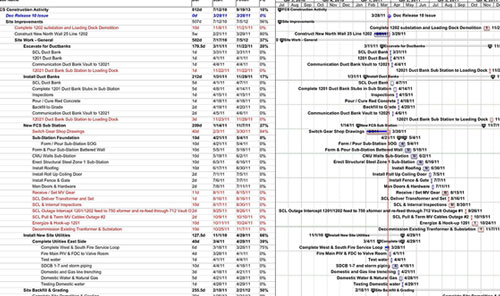
LEED
Often, the aspects of a project assigned to ELEMENT have important implications for the Leadership in Energy and Environmental Design (LEED) building rating system established by the Unites States Green Building Council (USGBC). This points based system allocates numerical values to aspects of a building that contribute to an overall rating of a buildings’ environmental efficiency and impact. The use of sustainable and environmentally sensitive materials and processes forms a critical part of the ELEMENT Design-Assist process. We strive to ensure recycled and responsible materials are incorporated into a design.
In addition to working with the Design-Build team, ELEMENT works with suppliers to ensure the greatest level of efficiency and sustainability in the downstream functions undertaken after concept approval. Many projects undertaken by ELEMENT achieve high standards of LEED certification and are model examples of building efficiency.
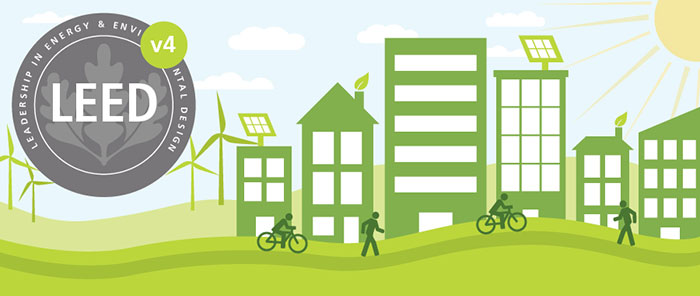
Design-Build Services
ELEMENT provides the majority of its work on a Design-Assist and/or Design-Build basis. By assuming ownership of the process from concept to completion, ELEMENT ensures all aspects of the work are considered and integrated into the final result.
We design, engineer, fabricate and deliver materials in one seamless process.
Our work varies widely and we are often tasked with incorporating many different materials into one coordinated solution. Whether interior or exterior, and any scale large or small, no project is too complex for our capable design and engineering team.
